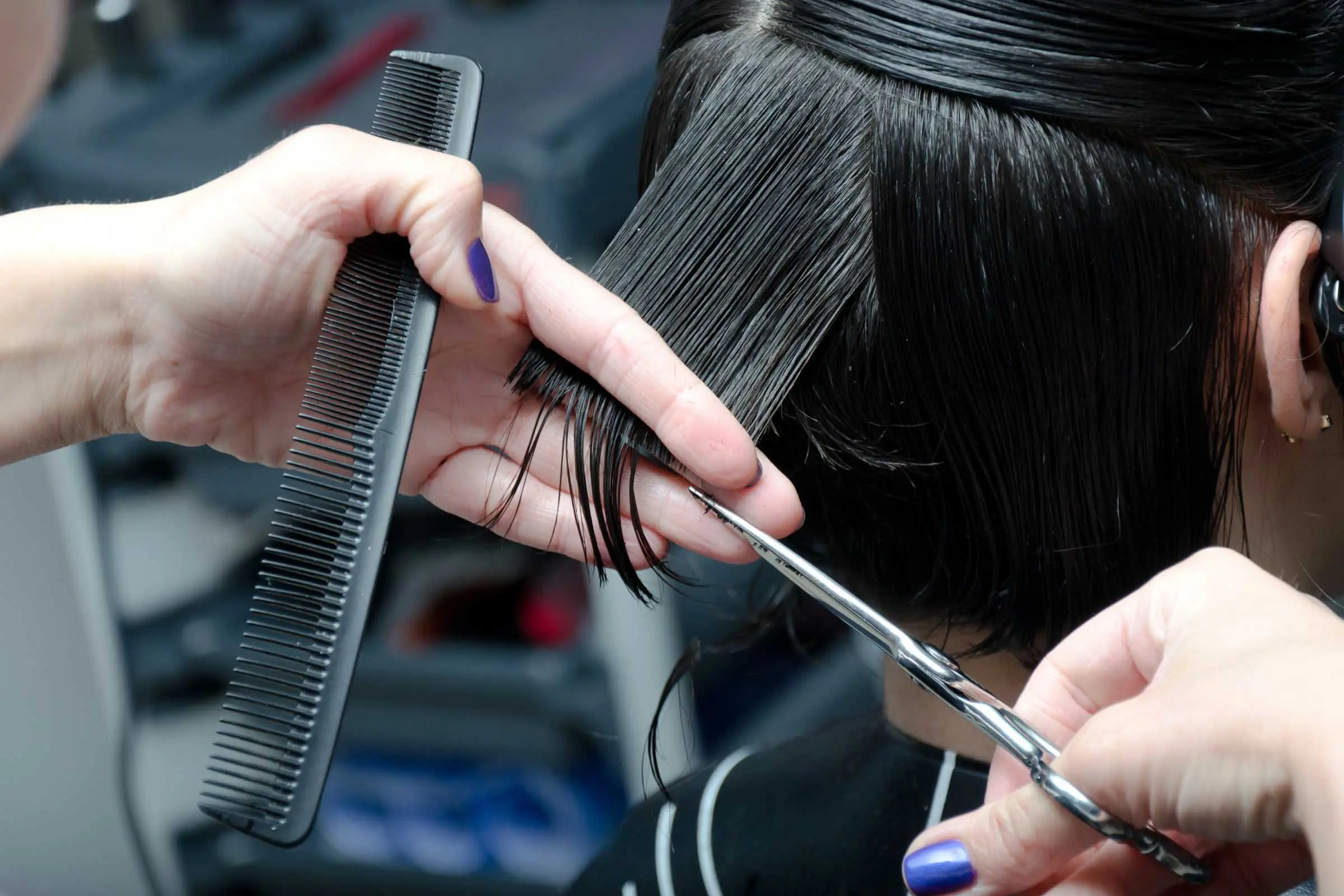A new style or color can be life-changing and go a long way in promoting confidence. If you have inspirations for a certain look you’ve seen, you’ll first need to schedule a consultation with a color specialist to determine the best techniques to get you there, how long it may take, and if it’s even realistic.
When you have an in-depth consultation with a color specialist they’ll take your inspiration and make it into reality. By using this guide to hair coloring techniques, next time you engage in a consultation you’ll be better able to discuss and understand all the relevant hair coloring techniques at your color specialist’s disposal.
Balayage
This extremely popular hair technique is always high on the wishlist, but due to the nature of Balayage, a freehand painting technique, it may not be the best option for your desired look. Balayage creates natural-looking color and a sun-kissed look. Overall the tones are warmer for Balayage, but that hasn’t stopped some adventurous colorists (and clients) from trying darker tones like espresso. If you’re interested in learning more about Balayage check out our post: Is Balayage Right for You?
Classic Highlights
The traditional style of highlighting is done with foils, and in fact, the amount or placement of the foils, as well as the application, will impact the look that you can achieve. Foiling is very versatile and works great with many different hair textures. Foil can create a multitude of looks from very subtle to bold color combinations. An experienced colorist will translate your aspirations for gorgeous looking hair into a reality that will turn heads and make you feel great!
Single Process
The best way to cover grey hair and create a more consistent look is by using the single process technique. The single process is straight-forward and highly effective at covering greys or creating solid one dimensional hair colors. Your colorist will be able to determine through consultation if you want 100% grey coverage or more of a grey blended look. This will determine how often you will need to return for touch-ups. Keep in mind that single process root touch-ups work best with no more than 8-weeks of regrowth. When you let your hair grow out longer in between touch-ups, you risk getting into a color correction zone because hair color will take differently on your roots, mid-shafts, and ends, meaning you may need separate applications and formulas.
A Vision of Modern Luxury
Experience The Difference
If you follow (@sundaysalon.lisa) you’ll be able to connect for additional hair tips and tricks to make your color last. If you are looking for more information about color techniques please visit our color services and schedule a consultation with one of our stylists.
Our Latest Blog Posts
The Ultimate Guide to Color Correction in Hair Care
Color correction in hair care is truly transformative. If you've ever left the salon dissatisfied with your new hair color or experienced a botched at-home dye job, color correction is your go-to solution. It's more than just fixing a color mishap; it's about...
How to Maintain Your Bleach and Tone
Bleach and tone is a hair coloring technique that lightens your natural color and then refines it to achieve the perfect shade. It's gaining popularity because it allows you to accomplish a full platinum transformation. The process begins with bleaching to strip away...
Why a Professional Haircut is Essential
Walking into a professional hair salon, you're not just getting a trim or a style change. You're stepping into a world where expertise meets creativity. Professional haircuts are all about knowing what works best for you. The stylists at Sunday Salon say it's more...




0 Comments